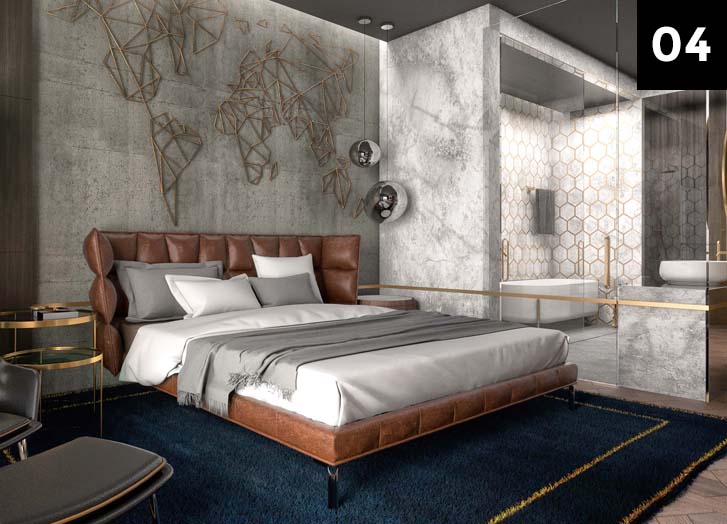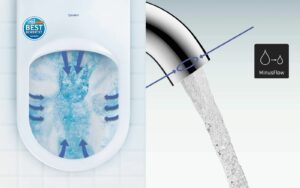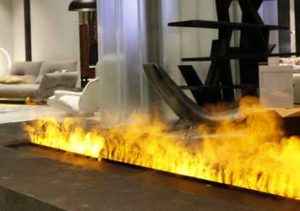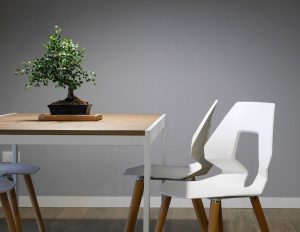GTHD
A GUIDE TO HOTEL DESIGN PT 4:
CHOOSING YOUR DESIGNER
In an hotel world where standards are rising and where innovation is a constant, for a brand managing the brand identity is key to survival and financial success. For an individual hotelier then creating stylish and efficient interiors is a competitive and financial imperative.

Credit: NM Architects
As large brands continue their paths of expansion, their brand identity creates expectations and anticipation in the guest as well as a strong presence in the market place. Individual hotels need clear identity, individuality, style and similar or better quality to stay competitive.
The skill of the brand or hotel manager is in creating the brand loyalty, a fan club for the brand or property, in the way soccer teams have done over generations, or as with the Coke vs. Pepsi rivalry. The essential ingredients for this are both style and substance not just consistency as Marinho found out at Chelsea. The skill for an individual owner is to compete by providing a ‘wow’ factor, an unexpected pleasure for a better guest experience as Arsenal or Man U has demonstrated.
For many guest experiences in hotels, the key is with staff, as they represent the interface between the property and the guest. However, staff must have a product that they can believe in, a corporate philosophy that they can subscribe to, and an hotel environment that they can both sell and be proud of. I have often quoted Olga Polizzi, Design Director of Rocco Forte Hotels, who has said that “design represents 15% of the spend on an hotel, but can leverage 70% of the income” (she also said employees “should not be in hospitality if they cannot smile at guests”).
As a designer I was on the receiving end of some very intelligent yet also some very curious processes adopted by owners wanting to find a designer that they could work with, and who they believed could deliver the style (and frequently economy) that they were looking for. The first thing that needs recognising here then is that managing design is a discipline as important and functionally necessary as the accounting process. It is of course infinitely more rewarding when done properly, and needs to be approached with the same seriousness. Choosing a designer because you like their legs does not bring success – indeed seduction can bring ruination.
The management of design has been described as a little like herding cats. Those of you who are owned by a cat will understand this and designers too can be single minded, stylish, in need of having their ego’s stroked, and determined to go their own way. Designers can also provide a source of delight, and have the potential to deliver the unexpected, exceeding all expectation in the process. Finding such a paragon is a process that needs discipline and clarity from the start. So where to start?
There are professional listings of designers, the best for hotel designers of course being that on HotelDesigns, in the Directory, that is free to access. Here the designers list the projects they have completed, so you will be able to go and look at finished results in detail – it may be an excuse for a weekend away but there is no substitute for experiencing an interior over a couple of nights . You will be able to make judgement on ease of housekeeping, ease of service and all the other bits that design enables and the guest notices.
Most hoteliers have favourite hotels. Who designed yours? Have you ever asked or been curious? Find out. This way you can make a list of design practices whose work you know. Ask around. What are they like to work with? Was their service good? From the answers, make a shortlist. Make sure you have visited properties they have done before you interview them – if there are problems with the maintenance of what they produce, or its functionality the housekeeper or maitre d’ will know. Have a good gossip about the property; talk with the GM and the owner, so that by the time you get to interview you can push the designers on their areas of strength and weakness. This way may cost a little money but you will find it will save tons later.
Draw up a shortlist. Interview a maximum of five or so – more and you will need copious notes and lose the impact of each presentation. Make sure they have the professional networks and the staff to carry out the task you have in mind. Be clear in your own mind to distinguish between the interior and the exterior. After all the exterior is not what a guest notices, but a badly designed bedroom has a lasting impact.
Make sure that the design practice has all the necessary capabilities, including things such as professional indemnity insurance (for about £2 million is normal) and be clear on the level of service you want them to offer. Will you be doing all the purchasing through your own purchasing people? Do you require maintenance instructions on completion? Will the project be tendered or done in-house? Who will supervise and manage the site work?
Choose not just on creative ability but also on whether you can build a long-term relationship with the design team. For the hotelier the key is managing the designer and remaining in control of the process of realising their own operating standards whilst achieving an interior that has the wow factor for the guest and makes staff proud. Time spent on selection will pay off long term.
©Patrick Goff





